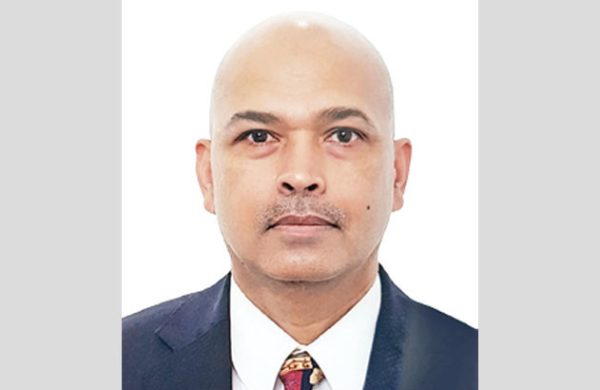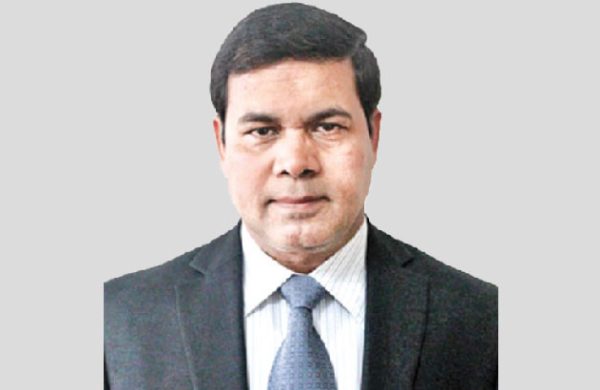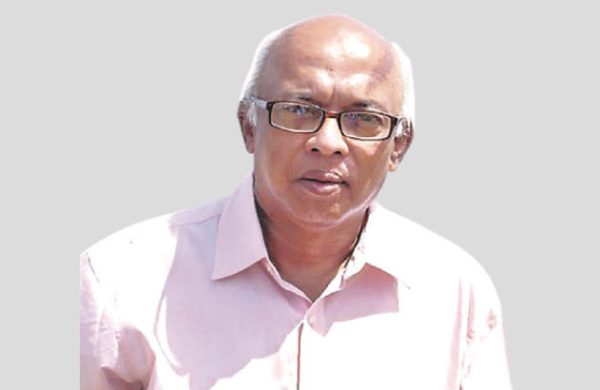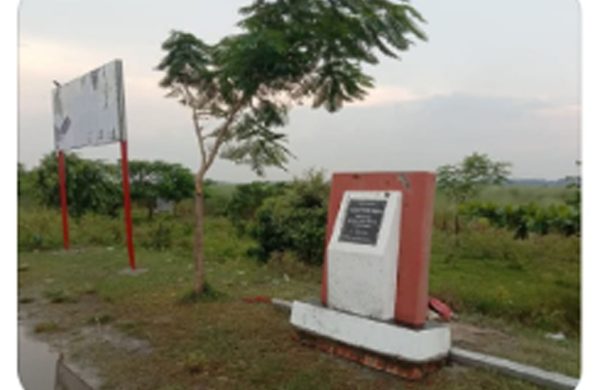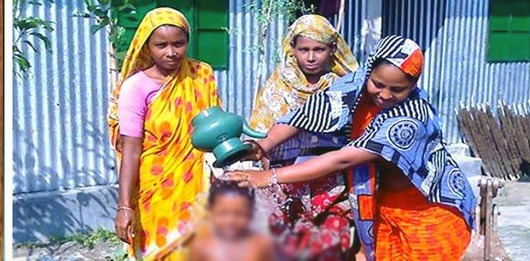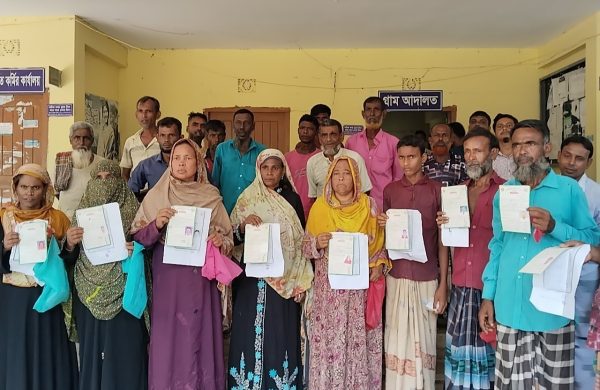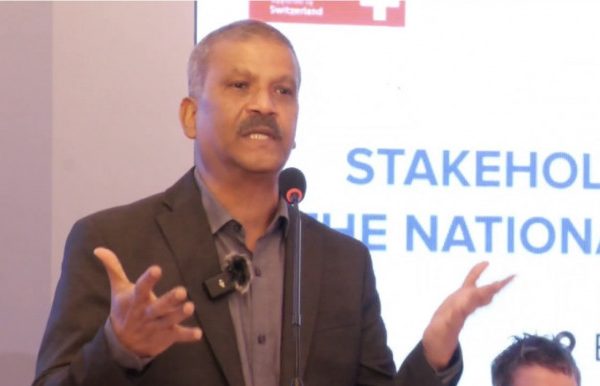Revitalising economies through sustainable finance: A long-term solution to economic challenges
- Update Time : Wednesday, January 15, 2025
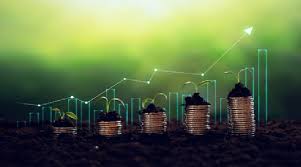
—Nabil Rahman—
Sustainable finance, which has developed as a new door for prosperity, striking a balance between economic growth and environmental progress or peace, has come to the forefront amid Bangladesh’s lingering slow economic growth and environmental challenges that may hamper the expected higher growth. If capital can be channeled to truly sustainable and socially responsible sectors, the opportunity to strengthen institutions in Bangladesh is enormous.
Even so, the effective management of these resources is crucial, especially in developing countries such as Bangladesh. This system must be handled appropriately if consumers are expected to keep the economy going through this change. But if these potentials get engaged with hazards, then even the Prodigious holy Notion, like sustainable financing, will not be practical.
Even if ESG (Environmental, Social, and Governance) parameters are being promoted under sustainable finance, it will put economic pressure on organisations’ costs to become greener in the short term. This could be anything from rehabilitating current infrastructure, implementing clean technology, and transitioning to sustainable supply chains. These could be expensive.
Furthermore, this will result in asset stranding since world money will shift to businesses based on renewable energy with low emissions away from areas like fossil fuel. This reallocation will be relatively disruptive to sectors where both employment and pay practices are already more entrenched in the present, including when one thinks about the potential economic effects.
The second crucial stumbling block is the regulatory environment surrounding sustainable finance. More robust compliance standards could also signify a death knell for plenty of businesses that have long resisted adopting greener initiatives and placed new costs on top of organisations. But this might stop some organisations from accessing the required financing, delaying their greening transition.
Then, there is a possibility for sustainable commodity prices to rise. For example, sectors are shifting their focus to clean energy, so the raw materials of clean energy, such as cobalt and lithium, can be in more demand consequently and, therefore, increase in price.
Notwithstanding those challenges, sustainable finance is seen as a remedy for the long term, not only for the prevention of environmental disasters but also to help economic development thrive. For instance, the banking industry in Bangladesh has evolved the country toward a greener approach. It is a commitment that the central bank has towards sustainable investment, showing a longer-term orientation to creating conditions for the economic development of this country together with environmental, social, and governance issues. This frame keeps People with Planet with Profit because economic security can help ensure a smooth transition—financial institutions may be at the helm, but the economy will be vital.
The Sustainable Finance Report (July-September, 2024) of Bangladesh Bank revealed a significant development in the country’s sustainable and green finance ecosystem. With Tk1,058,720.99 million in disbursement-level data across banks and finance companies, Bangladesh advances sustainable financial systems. Green finance amounted to Tk67,970.10 million, accounting for 16.60% of all term loan disbursements. Banks’ green finance across divisions, the central bank said banks and finance companies provided Tk55,253.99 million in sustainable agriculture and Tk136,636.69 million to MSMEs, respectively.
The number of borrowers deliberates the coverage of different financial categories: 1,488,574 and 416,686 borrowers have approached for sustainable and green finance, whereas 475,322 have agricultural finance and 53,905have MSME financing. Among these gender-wise, 9,01,654 male and 5,86,919 female borrowers are the primary participants. In rural areas, borrowers total 8,21,720 compared to 6,66,854 in urban areas. Nevertheless, these sorts of upbeat financing show that Bangladesh financial institutions are increasingly concentrating on revenue friendliness, escaping from short-run strategies even though there is a brief hand on revenue concentration.
Local banks and financial institutions undertaking key initiatives are also receiving respect. Bangladesh Bank’s Sustainability Rating for 2023 included ten banks and three non-bank financial institutions (NBFIs), in which City Bank, BRAC Bank, and IDLC Finance repeated their presence in the list for four consecutive years. This accomplishment demonstrates how ESG metrics are becoming more relevant as they drive financial performance.
Though issues persist, sustainable finance can only flourish with a well-deserved solution for the need for more standardisation, data transparency, and regulatory shortcomings. Then there are those organisations that need to go the full mile with sustainability because of the apprehended risks and the long-term payback period. Achieving this will require the responsiveness and collaboration of regulators, financial institutions, and investors. However, it will allow the development of frameworks for the economy to continue evolving sustainably for the long term.
In essence, the shift to sustainable finance is not without its challenges, but it has the potential to do more than just meet the climate crisis—it may also help us escape another economic recession. Countries, like Bangladesh, are demonstrating that with the right policies in place, sustainable finance can serve as a powerful tool to build a more resilient and prosperous future.




